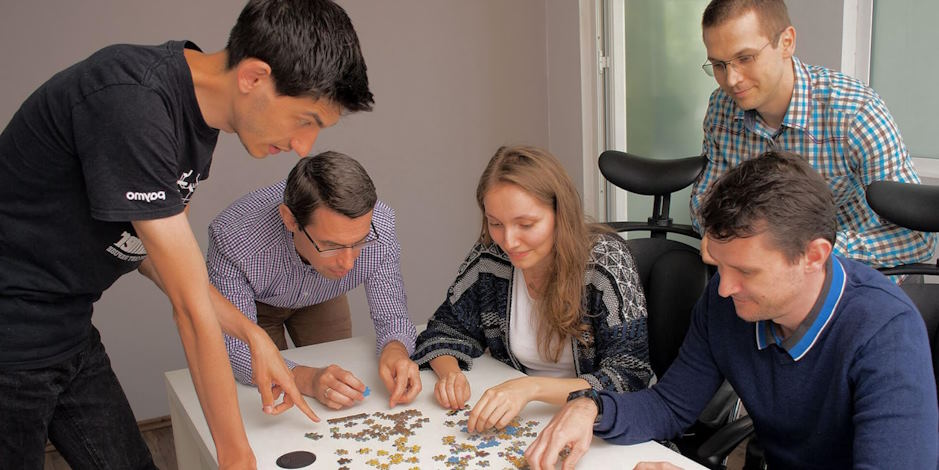Building Effective Cross-Departmental Collaboration

In the modern business landscape, the company’s success depends not only on individual excellence but also in the seamless integration and collaboration among different departments. The silos that once separated various teams have become relics of the past, giving rise to a new era of cross-departmental collaboration. This transformative approach emphasizes the power of teamwork, open communication, and collective problem-solving to achieve shared goals and drive innovation.
How can you provide it?
Building efficient cross-departmental collaboration requires a thoughtful and strategic approach that fosters a culture of teamwork and provides open communication. Let’s take into account several key steps to achieve this:
Establish Clear Goals and Objectives
Define clear and shared goals that align with the organization’s overall mission. When all departments understand their roles in achieving these objectives, it creates a sense of purpose and direction for cross-departmental collaboration.
Team-building
A good idea is to organize team-building activities. Team-building activities strengthen relationships, foster better communication, and promote department collaboration. They allow employees to interact outside their regular work tasks and create a more cohesive and productive work environment.
Foster Interdepartmental Communication
Create channels and platforms for regular communication between departments. Encourage face-to-face meetings, cross-functional forums, and shared digital platforms to facilitate knowledge-sharing and information flow.

Form Cross-Functional Teams
Create cross-functional teams that bring together employees from different departments to work on specific projects. This approach promotes diverse perspectives, creativity, and innovative solutions.
Provide Training and Development
Offer training and development programs focusing on building collaboration skills, cultural awareness, and effective communication.
Lead by Example
Leaders should demonstrate the importance of collaboration through their actions and encourage open communication and teamwork among their teams.
Recognize and Reward Collaboration
Acknowledge and celebrate successful cross-departmental collaborations. Publicly recognize teams and individuals who demonstrate outstanding teamwork and encourage others to follow their example.
Address Conflicts Constructively
Conflicts may arise during cross-departmental collaboration. Address these conflicts promptly and constructively, focusing on finding solutions that benefit the organization as a whole.
By following these steps and nurturing a collaborative mindset throughout the organization, effective cross-departmental collaboration can become a driving force that propels the organization forward, fosters innovation, and enhances overall performance.



